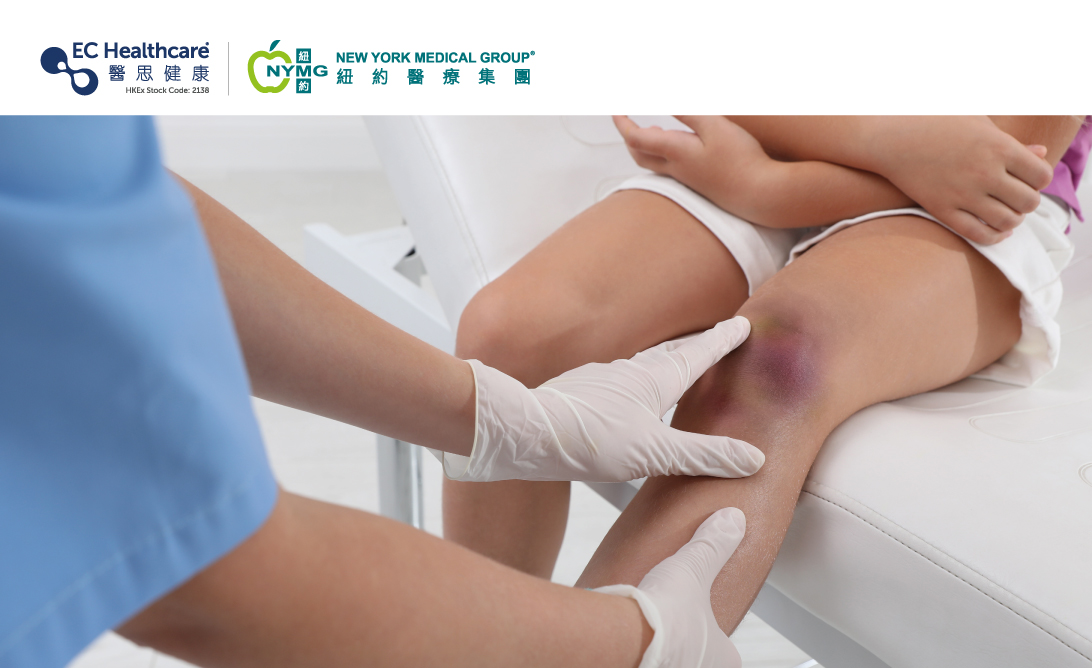Bruise Colours Tell You the Injured Days and Recovery Progress


Everyone can get bruises from bumps, but their colours may vary. Some people may have green bruises, others may have yellow, black or purple bruises. Why do bruises have different colours? Is it related to the degree of force that causes the injury? Or does it depend on the person’s constitution?
Definition of bruises
When the body is struck by a hard object, the blood vessels under the skin will rupture. The blood will flow to the surrounding subcutaneous tissues, appearing as bruises on the epidermis.
When a person is injured, the injured site usually develops a purple or red bruise in the following few days. Bruises typically appear in four colours: red, bluish-purple, light green and yellowish-brown. The bruise’s colour will change as it heals over time, which indicates the condition of the trapped blood.
Red
A fresh bruise right after the injury appears reddish since the blood has just flowed from the ruptured vessels. As fresh blood is rich in oxygen and iron, the bruise looks reddish.
Bluish-purple
After around one day, the bruise will become blue or purple due to a rapid decrease in the oxygen content of the blood, resulting in bluish haemoglobin. This condition may continue to the fifth day of injury.
Light green
On around the sixth day, the bruise will start to become greenish. The burst red blood cells produce haemoglobins, which will start to break down on the sixth day of injury. This represents the beginning of the healing process.
Yellowish-brown
From about the seventh day onward, the bruise will appear light yellow or brown and start to fade. This is because most of the haemoglobins are broken down and converted into bilirubin. When the body has cleared the remaining cells at the injured site, the bruise will disappear gradually. This stage may last up to one week.
Bruises do not require urgent care as they are natural physiological phenomena. You should avoid moving the affected area during the healing process to avoid further injury. Mild to moderate bruises can heal in about one week, while severe ones need a longer recovery time. If you want to speed up the healing process, you may apply an ice or hot compress to the injured site to improve blood circulation and help remove the trapped blood.
Why do bruises appear even with no bumps?
The most common causes of bruises are sports injuries such as bumps, grazes, sprains and contusions. If unexplained bruises appear frequently on the body, they may be caused by diseases that affect blood clotting, such as thrombocytopenia, internal bleeding, leukaemia, haemophilia, cirrhosis, kidney failure, etc. You should seek medical attention if you experience the above conditions.







